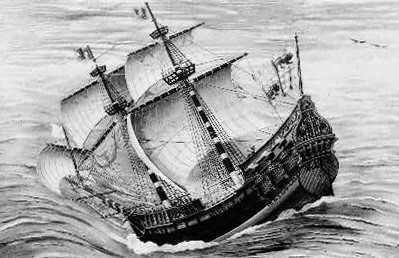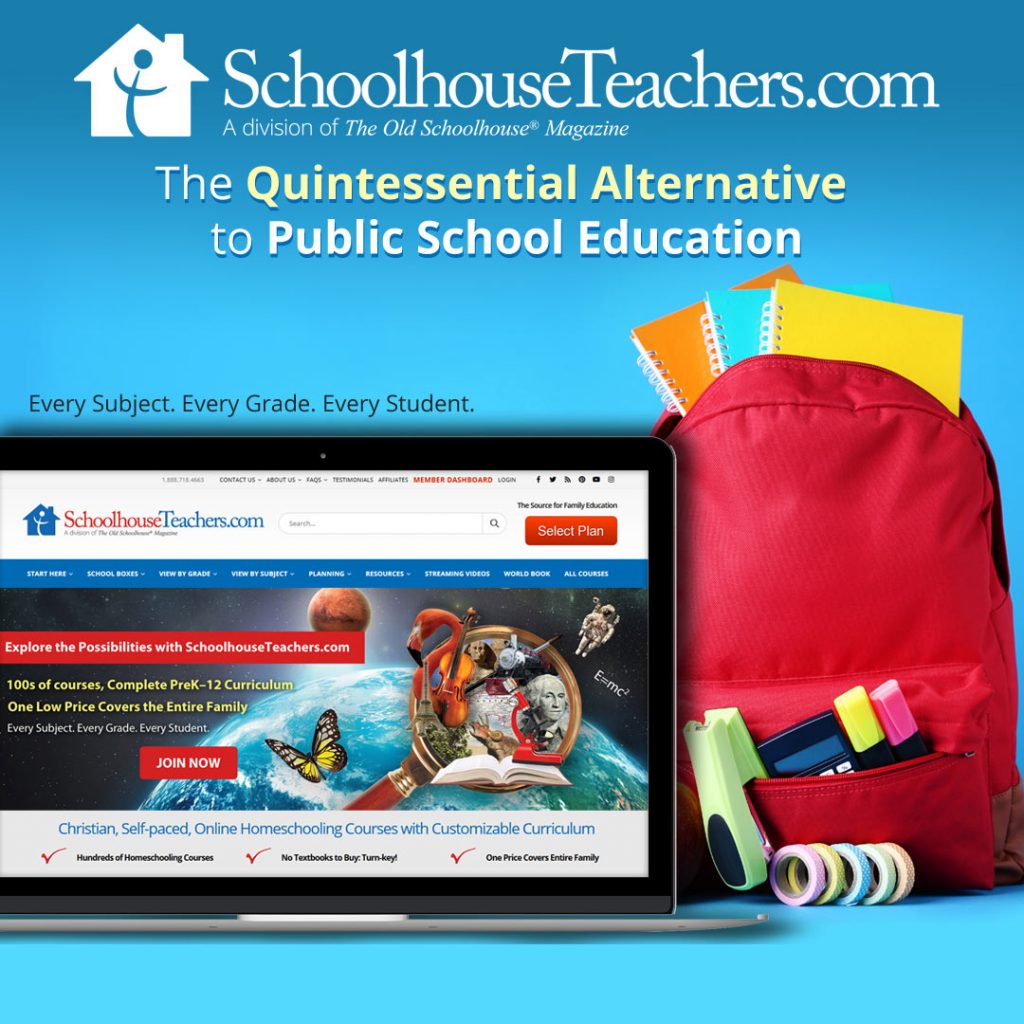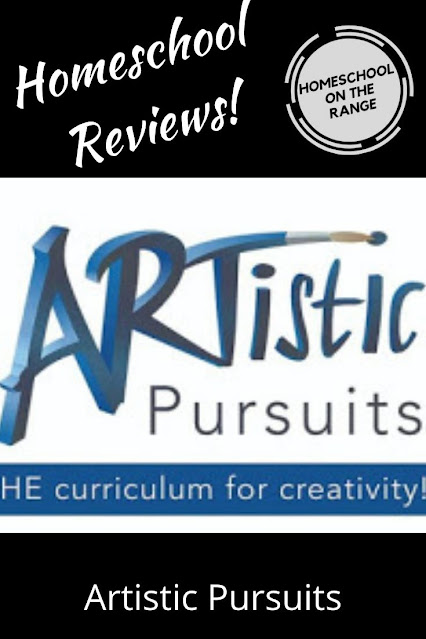
How does the book compare to today's society? (Actual reader responses)
"Bradbury wrote Fahrenheit 451 as a response to seeing how television was absorbing people's attention spans and draining their intellectual stimulation. He envisioned the full flat screen television, ear buds, and the lack of interest in reading books long before our present society shifted in that direction. He even saw how war would become a commonplace event, one that did not raise much attention. The world of Montag carries the parallels of distraction and intellectual atrophy. How did Bradbury see so far ahead how television would affect society? Bradbury was a true visionary. He did not drive nor did he own a computer, yet he invented technological devices and traveled to distant planets in his writings. Fahrenheit 451 is still relevant for today." ~adult response
"This book relates a lot to how in today's society, mass media is used a lot. It shows how people are very gullible and they follow what most people do. It shows also how people are losing creativity from the media and in the book shows that most of the citizens are like programmed robots that all have the same beliefs and thinking which is killing creativity. In the book, it shows how people can't think for themselves without being influenced by other people like how in society today many people's opinions don't even come from themselves." ~teen response
Types of Government
- Democracy is a form of government that allows the people to choose leadership. The primary goal is to govern through fair representation and prevent abuses of power. The result is a system that requires discourse, debate, and compromise to satisfy the broadest possible number of public interests, leading to majority rule. Democracies advocate for fair and free elections, civic participation, human rights protections, and law and order.
- Communism is a centralized form of government led by a single party that is often authoritarian in its rule. Inspired by German philosopher Karl Marx, communist states replace private property and a profit-based economy with public ownership and communal control of economic production, such as labor, capital goods, and natural resources. Citizens are part of a classless society that distributes goods and services as needed.
- Socialism is a system that encourages cooperation rather than competition among citizens. Citizens communally own the means of production and distribution of goods and services, while a centralized government manages it. Each person benefits from and contributes to the system according to their needs and ability.
- Oligarchies are governments in which a collection of individuals rules over a nation. A specific set of qualities, such as wealth, heredity, and race, are used to give a small group of people power. Oligarchies often have authoritative rulers and an absence of democratic practices or individual rights.
- Aristocracy refers to a government form in which a small, elite ruling class — the aristocrats — have power over those in lower socioeconomic strata. Members of the aristocracy are usually chosen based on their education, upbringing, and genetic or family history. Aristocracies often connect wealth and ethnicity with both the ability and right to rule.
- Monarchy is a power system that appoints a person as head of state for life or until abdication. Authority traditionally passes down through a succession line related to one's bloodline and birth order within the ruling royal family, often limited by gender. There are two types of monarchies: constitutional and absolute. Constitutional monarchies limit the monarch's power as outlined in a constitution, while absolute monarchies give a monarch unlimited power.
- Theocracy refers to a form of government in which a specific religious ideology determines the leadership, laws, and customs. In many instances, there is little to no distinction between scriptural laws and legal codes. Likewise, religious clergy will typically occupy leadership roles, sometimes including the highest office in the nation.
- Colonialism is a form of government in which a nation extends its sovereignty over other territories. In other words, it involves the expansion of a nation's rule beyond its borders. Colonialism often leads to ruling over indigenous populations and exploiting resources. The colonizer typically installs its economy, culture, religious order, and government form to strengthen its authority.
- Totalitarianism is an authoritarian form of government in which the ruling party recognizes no limitations whatsoever on its power, including in its citizens' lives or rights. A single figure often holds power and maintains authority through widespread surveillance, control over mass media, intimidating demonstrations of paramilitary or police power, and suppression of protest, activism, or political opposition.
- A military dictatorship is a nation ruled by a single authority with absolute power and no democratic process. The head of state typically comes to power in a time of upheavals, such as high unemployment rates or civil unrest. They usually lead the nation's armed forces, using it to establish their brand of law and order and suppress the people's rights. Dictators dismiss due process, civil liberties, or political freedoms. Dissent or political opposition can be dangerous or even deadly for the country's citizens.
Read
 Farenheit 451 (Ray Bradbury)
Farenheit 451 (Ray Bradbury)- Guy Montag is a fireman. His job is to destroy the most illegal of commodities, the printed book, along with the houses in which they are hidden. Montag never questions the destruction and ruin his actions produce, returning each day to his bland life and wife, Mildred, who spends all day with her television “family.” But when he meets an eccentric young neighbor, Clarisse, who introduces him to a past where people didn’t live in fear and to a present where one sees the world through the ideas in books instead of the mindless chatter of television, Montag begins to question everything he has ever known.
- Political Science for Kids
- Many Types of Government: From Chaos to Control
Watch
Make / Do
- Government storyboard
- Create your own government
- Gummy Bear government
- Real-world governments
- Map activity
Vocabulary
- ballistics
- imperceptibly
- odious
- refracted
- parried
- juggernaut
- pedants
- stolid
- pratfall
- proclivities
- tactile
- melancholy
- pulverized
- verbiage
Think
- Why do you think Mr. Bradbury set his story in the city? In the story, what kinds of things happen in the city as opposed to the country?
- Why do you think books were banned in Montag's society? Are there books that should be banned? If so, which ones, and why? If not, why not?
Looking for a literature-based language arts program? The Twenty-Three Reads Bundle is for someone who wants a little bit of everything!
It includes twenty-three unit studies covering a wide range of topics. Each unit has introductory text, which will give the student basic background information about the topic at hand. These studies are directed toward upper grades students, but some have resources for younger students so that the whole family can work together.
- There are photographs and illustrations, and we have also included primary documents when available.
- After this text, there are featured videos, which augment the background information and help make the topic more accessible for more visual students.
- You will also find a short list of reading books, including a featured novel that the unit builds upon.
- There are vocabulary words, places, and people to identify.
- Reading comprehension, critical thinking questions, and writing assignments are included.
- We add fun with hands-on activities and extra videos to watch that will bring the era to life.
- Language Arts
- Finding Langston & the Poetry of Langston Hughes
- Geography
- Anne of Green Gables & Canadian Provinces
- Stowaway & Antarctica
- Julie of the Wolves & Alaska
- Blades of Freedom & the Louisiana Purchase
- The Avion My Uncle Flew & France
- History
- Zlata’s Diary & the Slavic Wars
- Freedom Summer & the Summer of 1964
- Treasure Island & Pirates of the Caribbean Sea
- Farenheit 451 & Types of Government
- Red Stars & Russia in World War 2
- The Great Gatsby & the Roaring Twenties
- The Long List of Impossible Things & Post-War Germany
- A Tale of Two Cities & French Revolution
- Witch of Blackbird Pond & Salem Witch Trials
- The World Made New & Early Explorers
- Stitching a Life & Jewish Immigration
- Life Skills
- Teetoncey & Lifesaving Skills
- Freak of the Week & Disabilities Awareness
- Island of the Blue Dolphins & Sailing
- Science
- The Science of Breakable Things & the Scientific Method
- Frankenstein & Human Anatomy
- Charlie Thorne and the Last Equation & Albert Einstein
Product samples:






























